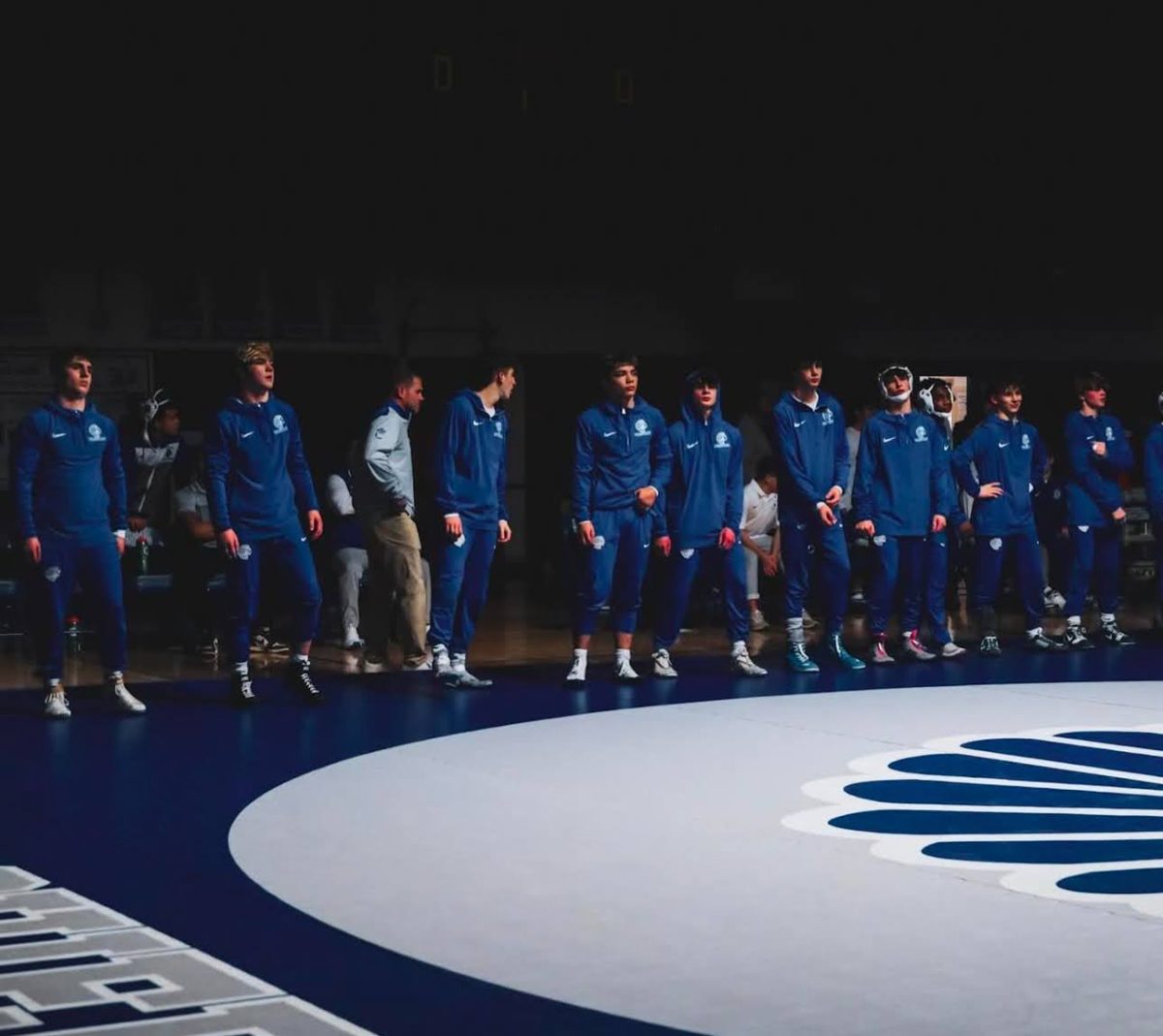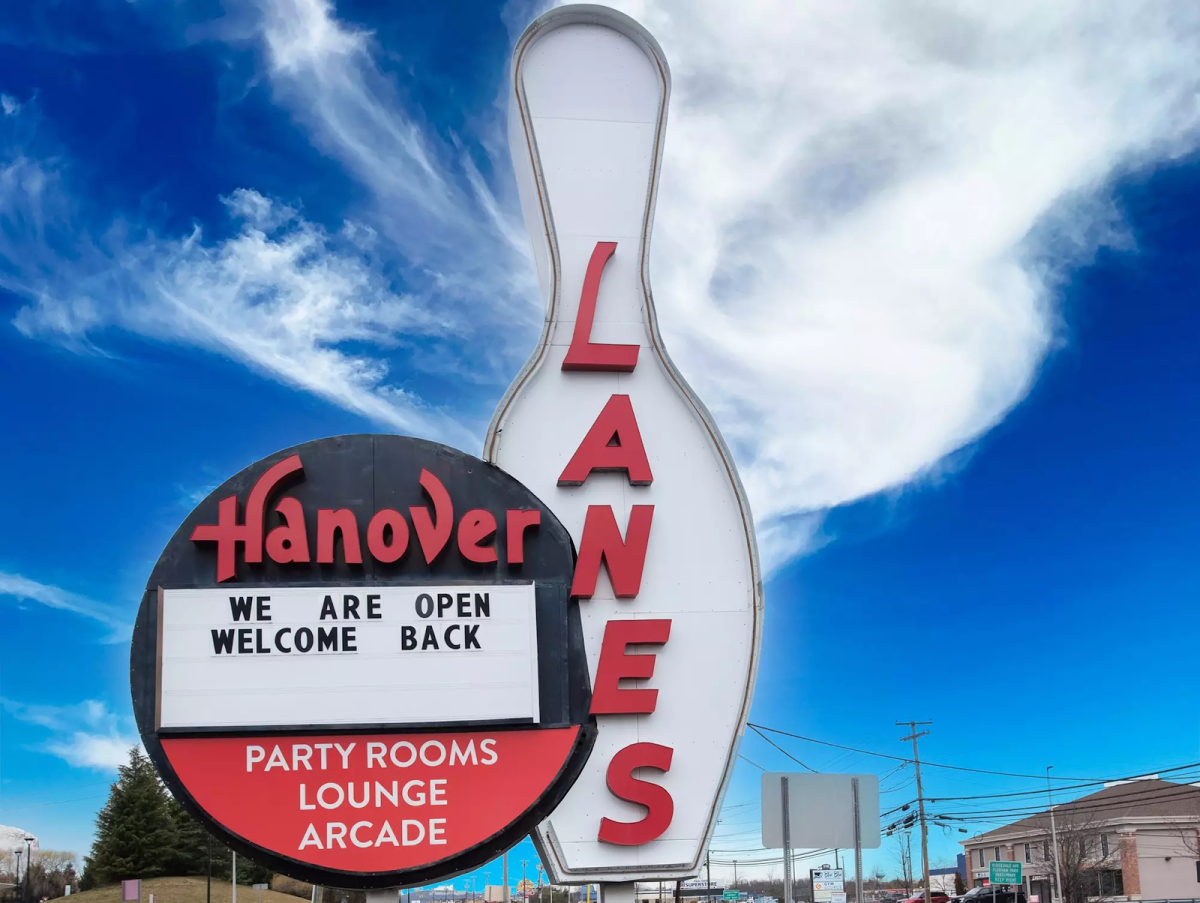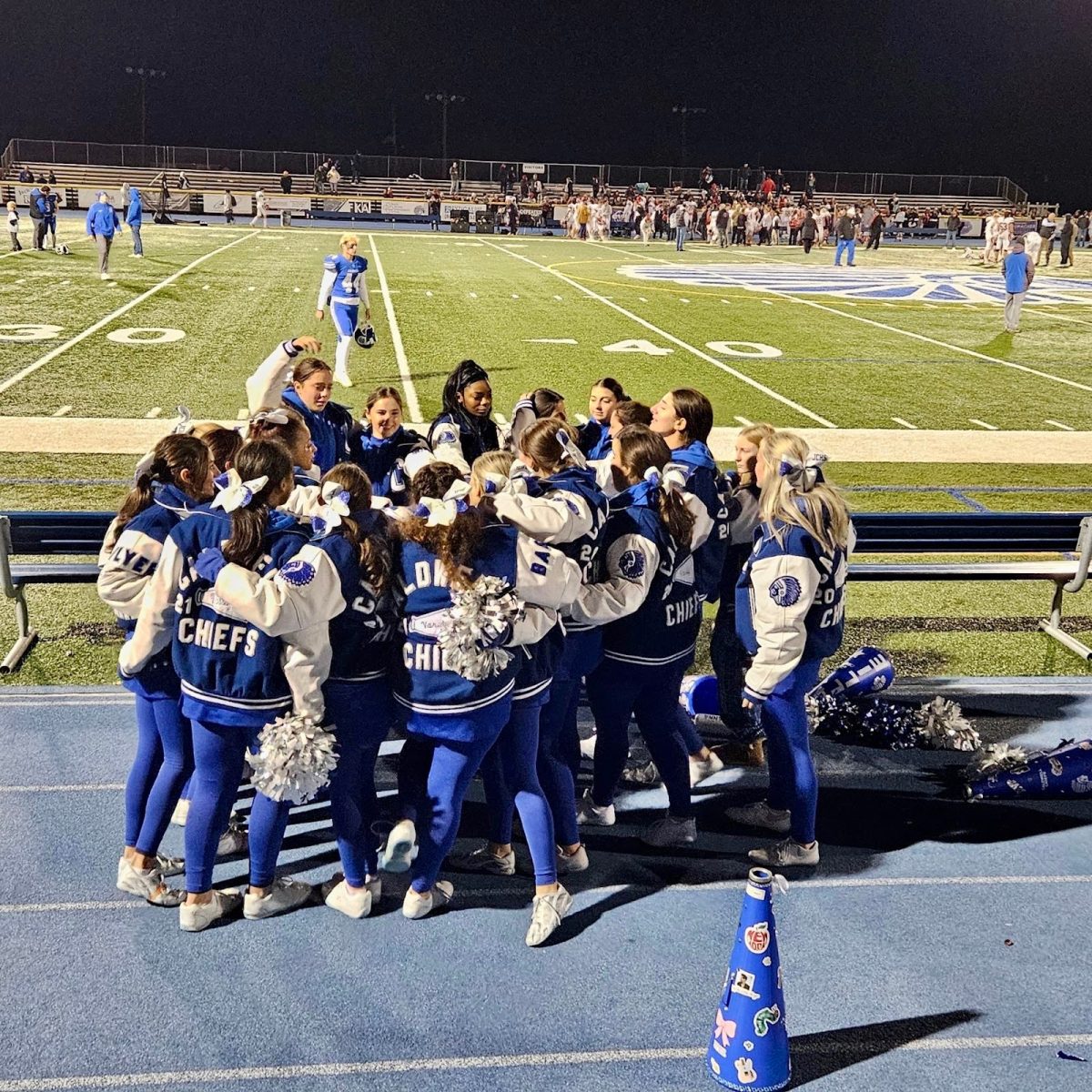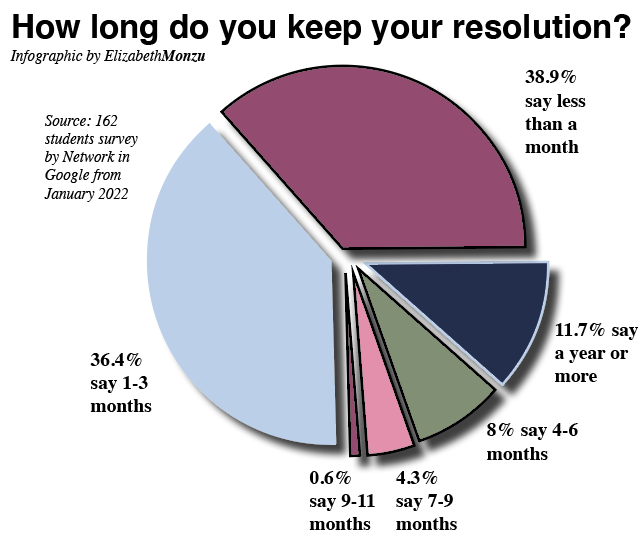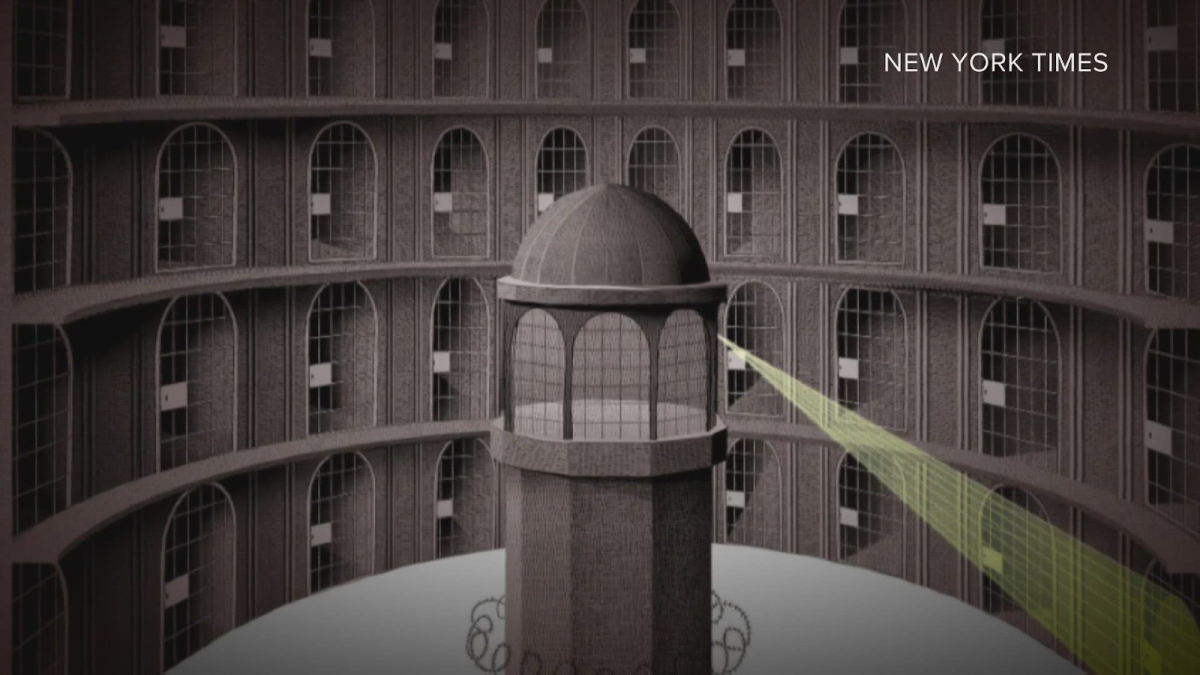This year’s Winter Olympics in the small resort town of Sochi, Russia have drawn a significant amount of attention this year—not just the usual Olympic excitement either. It’s the many serious blunders from the resort and the hotels that left many of the athletes, visitors, and media baffled. Despite spending nearly $51 billion (about $40 billion over-budget), the Russian hosted Olympics became a fiasco of water main breaks, toilets gone wrong, or missing manhole covers on the street. The many faults of the Olympics even led to the extremely popular tag on social media (most notably Twitter) #SochiProblems—a hashtag that not only the viewers at home enjoyed, but a tag that many of the actual athletes and media participated in.
The first truly noticeable blunder of the Olympics came from the Opening Ceremony on February 2nd when five massive mechanical snowflakes came down and opened up into the iconic five Olympic rings…except for the fact that the fifth ring didn’t open up; leaving the symbol look like it had an asterisk saying “restrictions may apply”. This failure spawned many internet memes that took over all social media (anything from Facebook to Twitter or Tumblr) and even lead to T-shirt designs with the memes on them. Though the rest of the opening ceremony went off smoothly and fantastically, it is human nature that it was remembered for a major blunder instead of the great majority of it.
While the Opening Ceremony mistake was the only error very noticeable on TV (if you don’t count NBC reporter—Bob Costas—waking up with a very red and swollen eye), little problems started popping up everywhere to anyone throughout the course of the games and came to light via the athletes and media Twitter. It turns out that only six of the nine media hotels were finished by the time everyone started arriving on site. Of the three that were completed and other “completed” facilities, anything that could go wrong, did go wrong. A few found that their bathrooms had anywhere from two to four toilets leading to comments along the lines of “wasn’t planning going copilot, but thanks”. Others were surprised to find elevator doors that opened not to the actual elevator, but dark, empty shafts. Unfinished hotels were missing anything from furniture, shower curtains, or were even missing the hotel lobby. Another portion of guests found hallways whose floors were covered and lined with electric wires and open AC vents as they walked to and from their rooms. Olympian Dan Wetzel had tweeted the offer, “To anyone in Sochi: I am now in possession of three light bulbs. Will trade for a door handle. This offer is real.” Many of us have encountered broken vending machines, but fewer of us have experienced half-assembled and empty vending machines like a few in Sochi. Even worse than co-pilot toilets were the scenarios where chairs were lined up against the bathroom wall facing the unfortunate soul going to the bathroom. Not as problematic as finding that your toilet seat was on top of the lid instead of the lid on top of the seat like a few guests found. One of the more popular #SochiProblem posts came from US Bobsledder, Johnny Quinn, who had to use his “bobsled push” to literally break a hole in a door to escape from his room’s bathroom when he got locked inside.
Plumbing at Sochi was an entirely different problem in itself. When many guests first arrived, faucets and showers could be turned on and no water would come out. A little later when water did come back, a portion of guests were shocked to find their water was a sickly yellow-brown. Though these people were told by staff not to use this water on their faces because of the water containing something “dangerous”, most caught that drift from just looking at the water and assumed construction had contaminated the water. A water main break in one of the hotels actually lead to power going out and hallways flooded with water that was literally seeping out of the walls. Another hotel’s unfinished Spa and Fitness Center led to guest, Chris Dufresne, posting a picture of the entrance littered with unassembled parts with the caption, “you get in shape by putting it together?” Outside of the hotel problems, places like the ski-jump venue had bathrooms where users were advised not to throw toilet paper into the toilet. Another public bathrooms featured pretty comical signs asking participants not to go fishing in the toilets. Many of the streets and walkways were still being paved so a good percentage of people found themselves taking dirt pathways to wherever they needed to go. But those on paved areas still needed to be watchful since a couple manholes were left not actually on the hole, but next to it—and without any caution sign or attendant to warn people. The location itself faced weather with high temperatures and dense fog. While high temperatures are nice, it did serve a major issue since many of the events in the Winter Olympics require good snow conditions for competitors. It’s not an everyday occurrence when snow has to be imported en masse to the Olympics. The area was also populated by a vast number of stray dogs. And though officials initially were brainstorming ways to get rid of them, media attention positively changed the approach. Animal rights activists were able to take a stand, and the Olympic media coverage led to hundreds of dogs being adopted from the site.
Though Sochi is not the first site of the Olympics to make mistakes or have unfinished portions, it will certainly be one of the most popularly remembered incidences of it. And while guests of the Olympics may have faced a lot of little problems here and there, the Olympic competition itself was fantastic as always as millions of viewers around the world were able to enjoy watching the most talented ice skaters, bobsledders, snow boarders, skiers, and all other winter Olympians from around the world. The Olympics never come soon enough, especially for the competitors who have spent their entire lives training so that they can show the world what they, and no one else, are capable of doing.
Photo courtesy of Condé Nast








